![Chris Nickson, author of Dark Briggate Blues]()
Why write crime fiction?
Crime fiction offers a good moral framework for a story, although it’s rarely just black and white. But it does offer a battlefield for the eternal struggle between good and evil, and in crime fiction the parameters are pretty much laid out. That’s not to say everything’s set. The pleasure comes in tweaking that a little.
Where did the inspiration for Dark Briggate Blues come from?
I’d been re-reading people like Chandler and Ross MacDonald, the real noir authors, and wondered why there’d been so little like that in this country. In part because we didn’t have similar types of violence, and no real gun crime to speak of. I also thought back to an old TV series called Public Eye, about a down-at-heel enquiry agent. I have a passion for 1950s jazz, especially Thelonious Monk, and learned about Studio 20, which existed in the ‘50s in Leeds. Ultimately it came down to wondering what 1950s English provincial noir might be like.
How important is location (i.e. Leeds) in your book?
Location is incredibly important. This is my eighth book set in Leeds, and it’s always seemed like a character in my novels, as much as any person. I love the city, in all its periods, I feel I can know it in a way I’ll never know anywhere else I’ve lived. In some ways, every book I write is a love letter to Leeds. There’s quite a bit of me in this book, in small ways. Dan’s office is where my father had a business office for several years. His flat is in the building where I spent the first year of my life. Carla’s flat is one I lived in for a few months in the 1970s. And a house he visits is on the same street where I grew up. With this book I’m close enough to the present to be able to do that.
What is your favourite book/What do you enjoy reading?
I’m not sure I have a single favourite book. There are many I go back to regularly – John Lawton, Joanne Harris, early Louis de Bernières, Michael Ondaatje – and each give me different things. But I do read a lot of crime fiction; John Sandford is always good, and Elmore Leonard, it’s like cream. Typically I’ll read at least a couple of books a week – they know me well at the local library!
Do you have a favourite author? Do you have a favourite fictional character?
As above, a number of writers I’ll go back to regularly. As to a favourite character? No, I don’t think I do. Some stick in the mind more than others, but that’s as far as I’d go.
How easy/difficult is it to write historical crime fiction?
In some ways it’s easier, because there’s less technology to deal with. It’s a battle of wits, intellect, and energy, and that’s what I prefer. The difficulty, and the pleasure, is in the research. I’m a history buff, especially a Leeds history buff, so that part is a joy, and I have a good library of books on Leeds, and well as history in general. I try to make the book immersive, so the reader doesn’t just have the sense of the time, but also the sounds and smells. Doing that, and making the era come alive with small touches is the real challenge.
Do you agree with David Baldacci that it is your responsibility as the author to write inaccuracies into your fiction, so that potential criminals do not replicate crimes?
No, I’d disagree strongly. The roots of most crimes are gain or passion. My job as a writer is to make everything as alive and real as possible. Throwing in inaccuracies and falsehoods seems like a calculated betrayal.
How do you avoid your characters becoming clichéd (e.g. the femme fatale, the jaded detective)?
I think if you make a character three-dimensional, then they can’t be clichéd. But in Dark Briggate Blues I did deliberately try to avoid the detective stereotype. Markham’s single, but he’s not a drinker. He has his big passion – jazz – and indulges it. More than that, he’s young, still with energy and hope. He has a girlfriend, someone who’s out of the ordinary. And even Joanna Hart twists the femme fatale stereotype a little, I think, once the reader gets to know her. The joy for a writer is in the tweaking things away from the expected.
Do you ever suffer from writers’ block? If so, how do you cope with it?
Touch wood, I’ve never suffered from it. That might be due to a background in music journalism where there’s no time to be blocked. You have to get the words down on deadline and they have to be pretty good the first time. As an apprenticeship, that’s served me well. I write every single day of the year, and why not? I’m doing something I love, something I’ve always wanted to do.
Have you ever based characters on people you know (e.g. an old enemy as the villain)?
No, I’ve never done that, tempting as it might be sometimes. I’d only see the real person’s face instead, and the character would take on their mannerisms, and not be himself any more.
How has social media helped you to market your book/you as an author?
I’m a big fan of social media. I’m very active on Twitter and Facebook, and on the latter I have a personal page and author page. I try to engage people rather than just advertise my work. That seems a much better strategy, and I’ve made good friends online. It’s a way to build a community. I have a website and blog at least once a week, usually pieces of fiction related to Leeds. Adding content like that keeps people coming back.
Finally, what next for Dan Markham?
I’ve made a start on a new Dan Markham book, although it’s set in 1967. Why such a long gap? The setting feels right for the story. By then Dan is 38, still loving jazz, but a new generation has come along. Not just the Beatles, but the veneration of youth and he’s learning that he’s a man out of time. His passion for music, which used to be seem defiant to the mainstream, is now old hat. But it’s all just taking shape. And the world has become a slightly more violent place about him; he has to deal with that, too.
![Dark Briggate Blues By Chris Nickson]()
Chris Nickson is the author of Dark Briggate Blues (2015) and The Crooked Spire (2013).






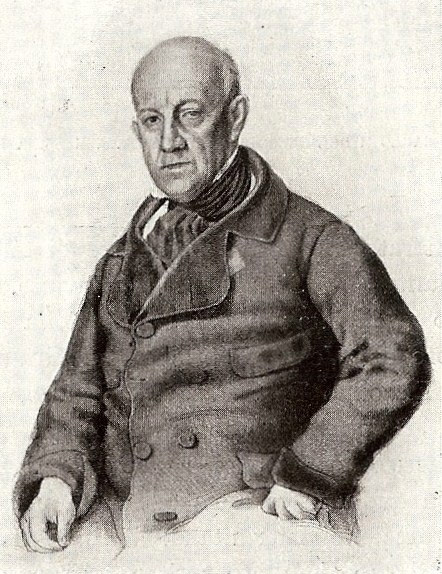















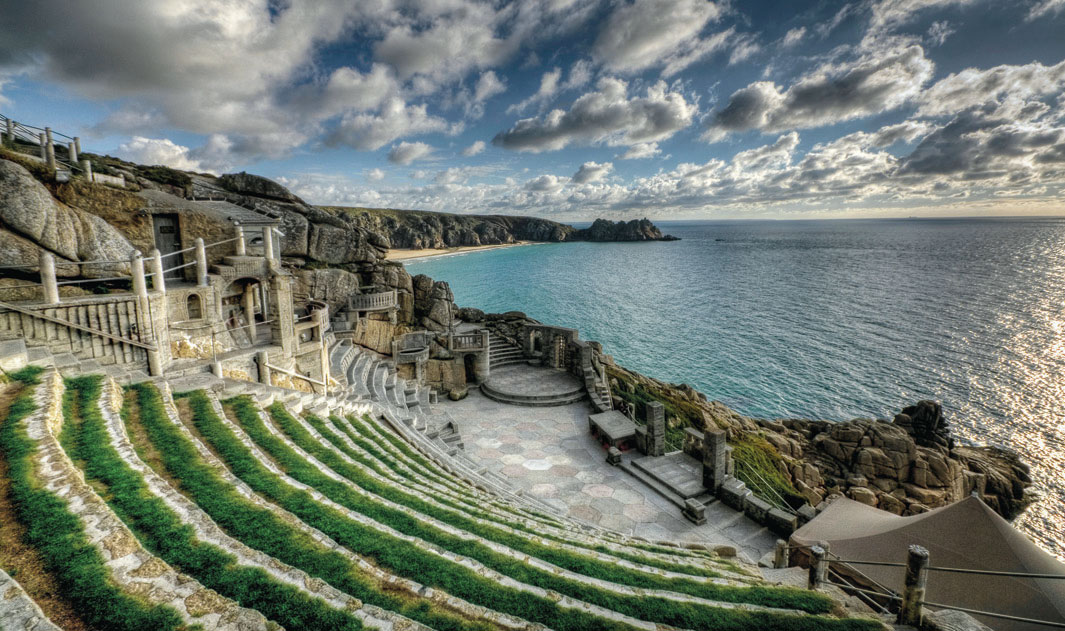




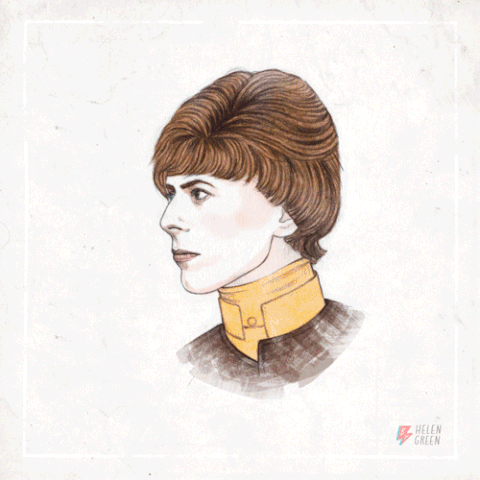




































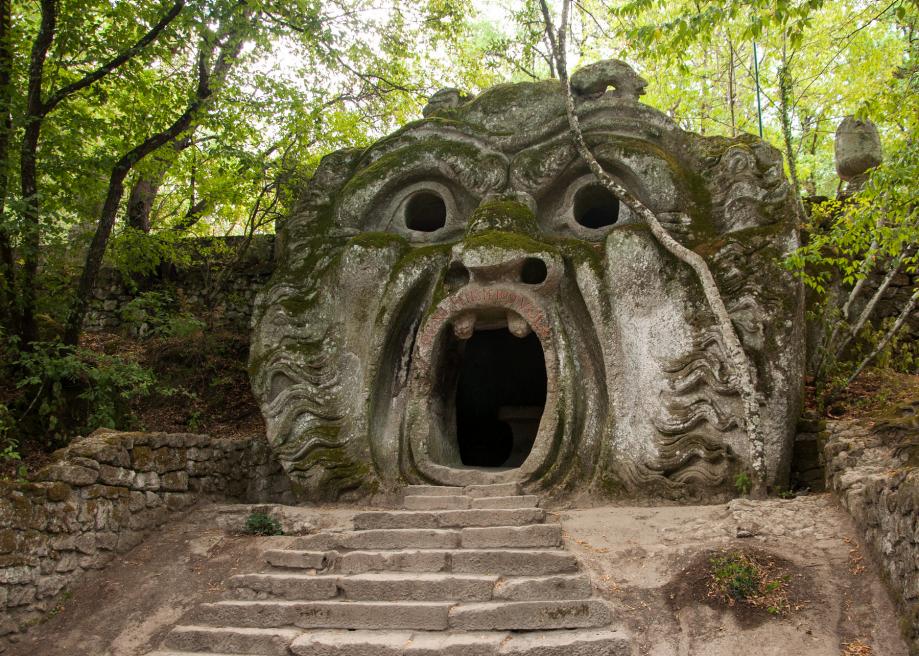








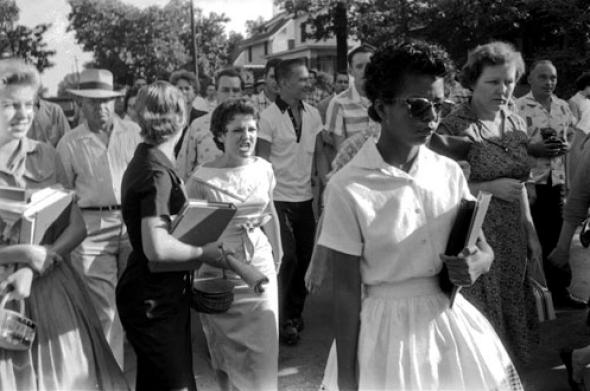




![Henrietta as Minerva holding a painting of Monsieur, by Antoine Mathieu [Source: Wikipedia] Henrietta as Minerva holding a painting of Monsieur, by Antoine Mathieu [Source: Wikipedia]](http://upload.wikimedia.org/wikipedia/commons/8/8d/Henriette_d%27Angleterre_as_Minerva_holding_a_painting_of_her_husband_Philippe_de_France%2C_Antoine_Mathieu.jpg)



















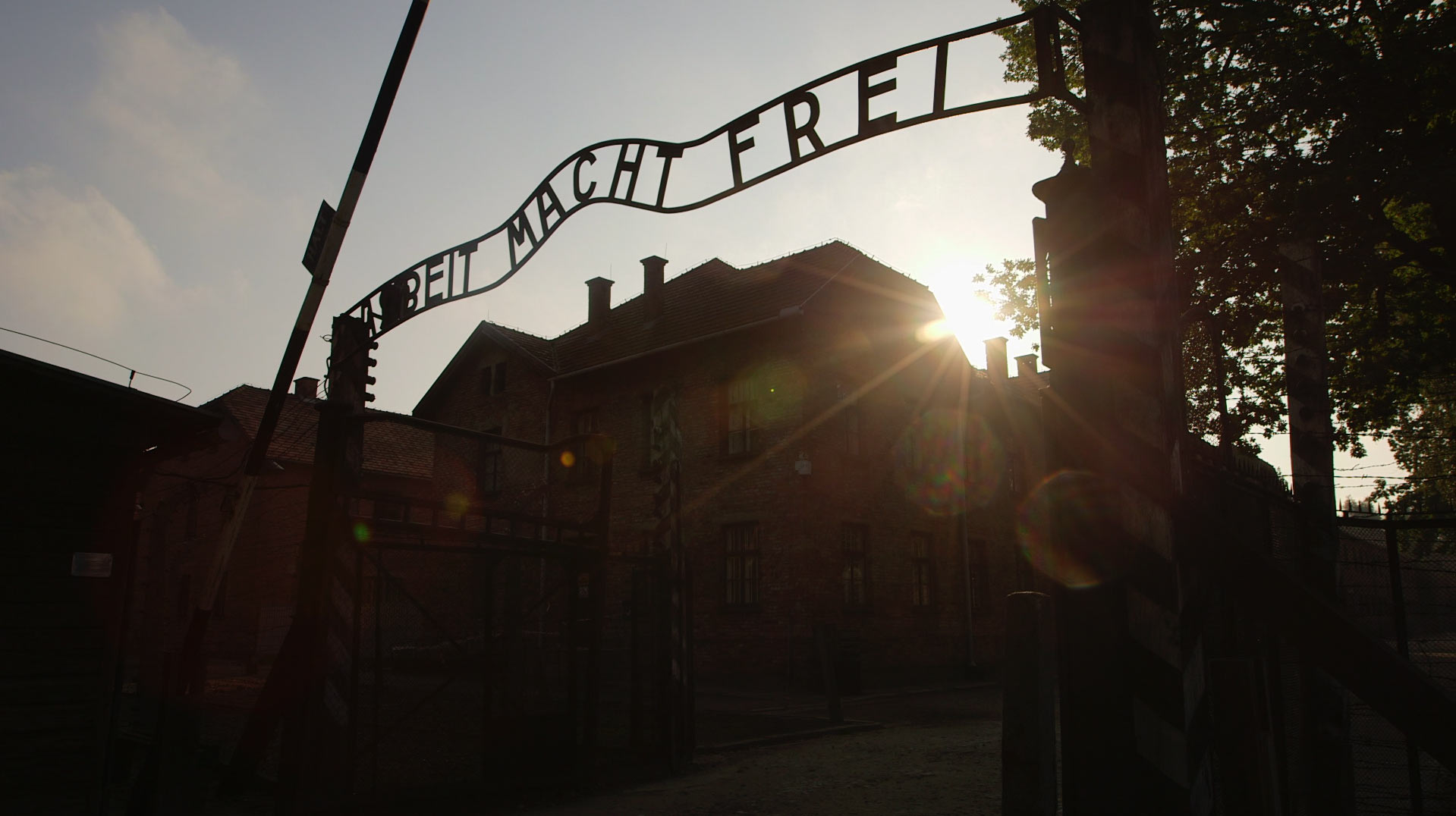







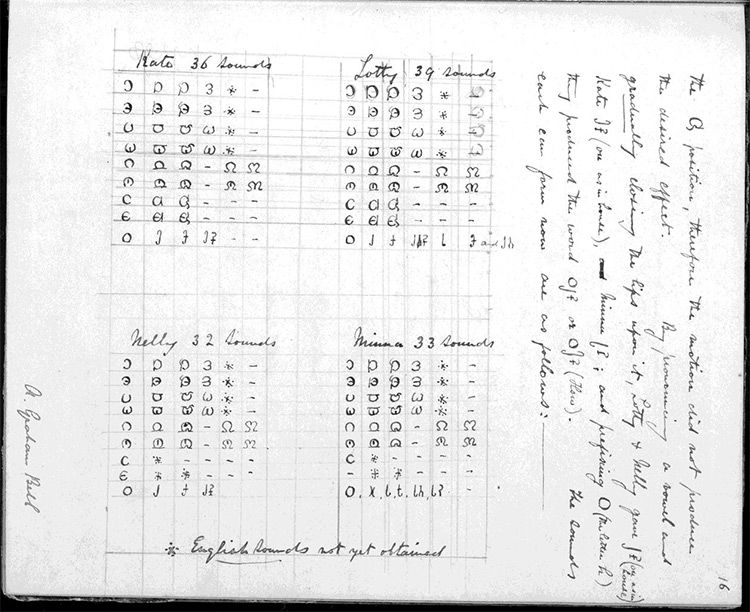


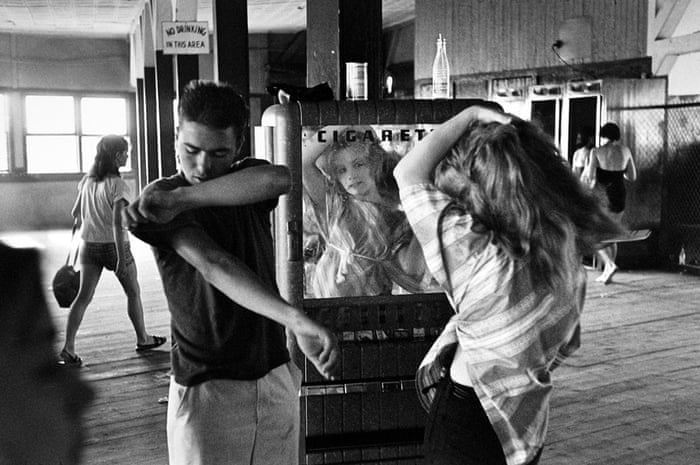
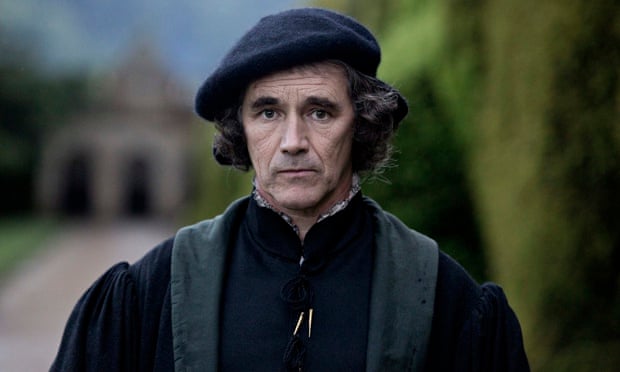



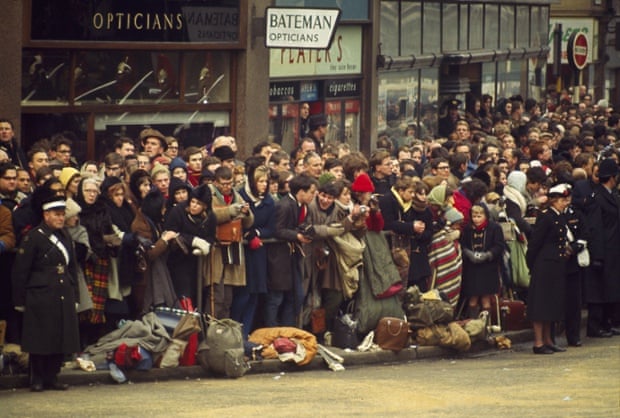


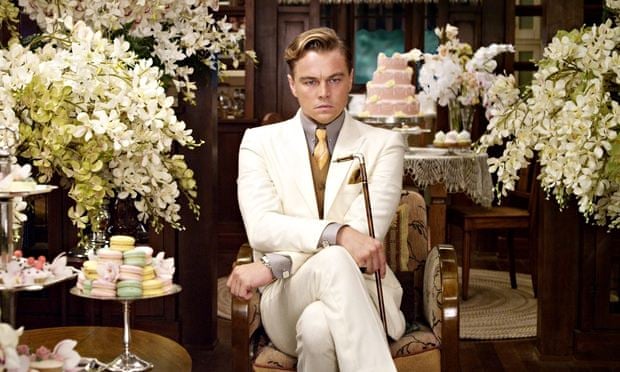



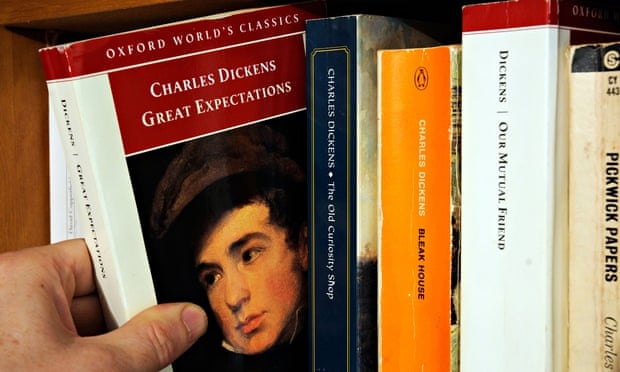





![The Magna Carta (originally known as the Charter of Liberties) of 1215, written in iron gall ink on parchment in medieval Latin, using standard abbreviations of the period, authenticated with the Great Seal of King John. The original wax seal was lost over the centuries.[1] This document is held at the British Library and is identified as "British Library Cotton MS Augustus II.106".[2] The Magna Carta (originally known as the Charter of Liberties) of 1215, written in iron gall ink on parchment in medieval Latin, using standard abbreviations of the period, authenticated with the Great Seal of King John. The original wax seal was lost over the centuries.[1] This document is held at the British Library and is identified as "British Library Cotton MS Augustus II.106".[2]](http://upload.wikimedia.org/wikipedia/commons/thumb/e/ee/Magna_Carta_%28British_Library_Cotton_MS_Augustus_II.106%29.jpg/1024px-Magna_Carta_%28British_Library_Cotton_MS_Augustus_II.106%29.jpg)

